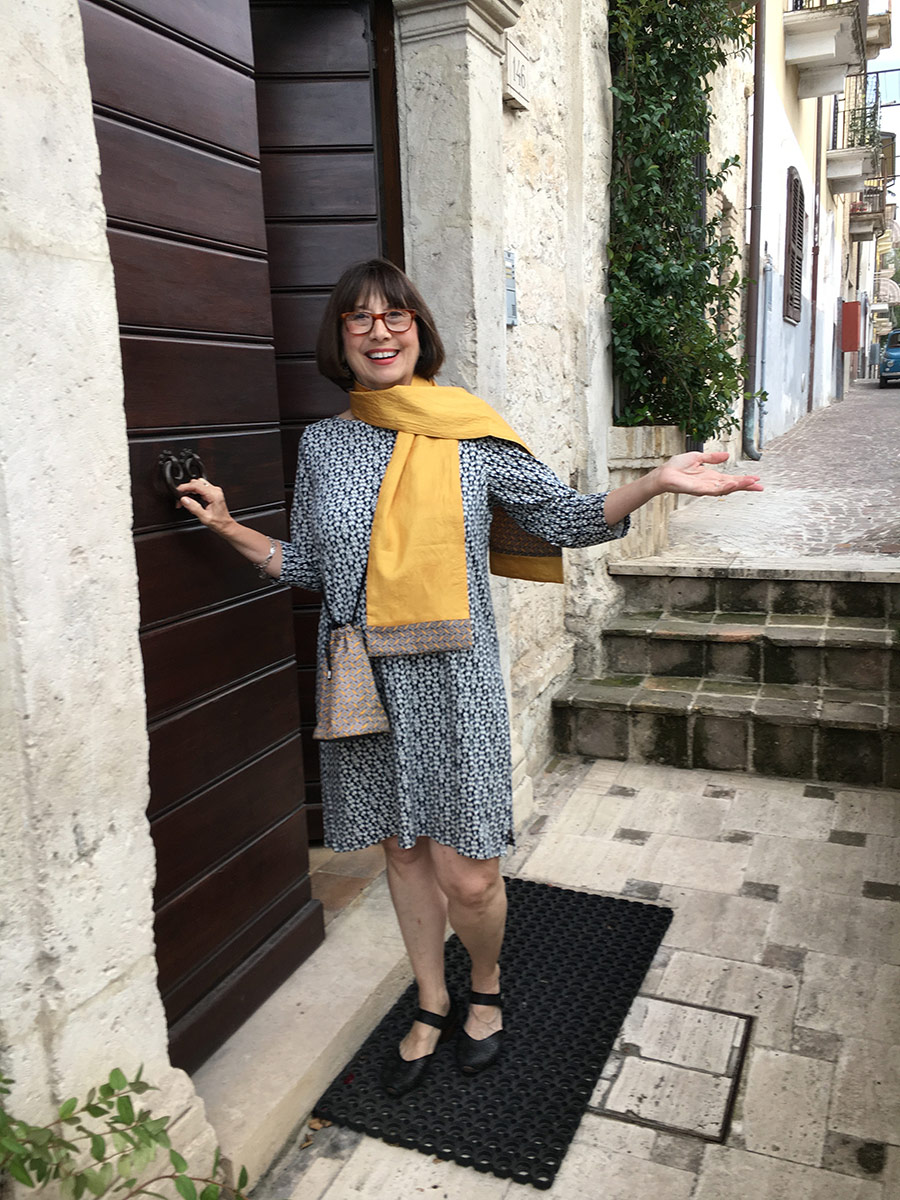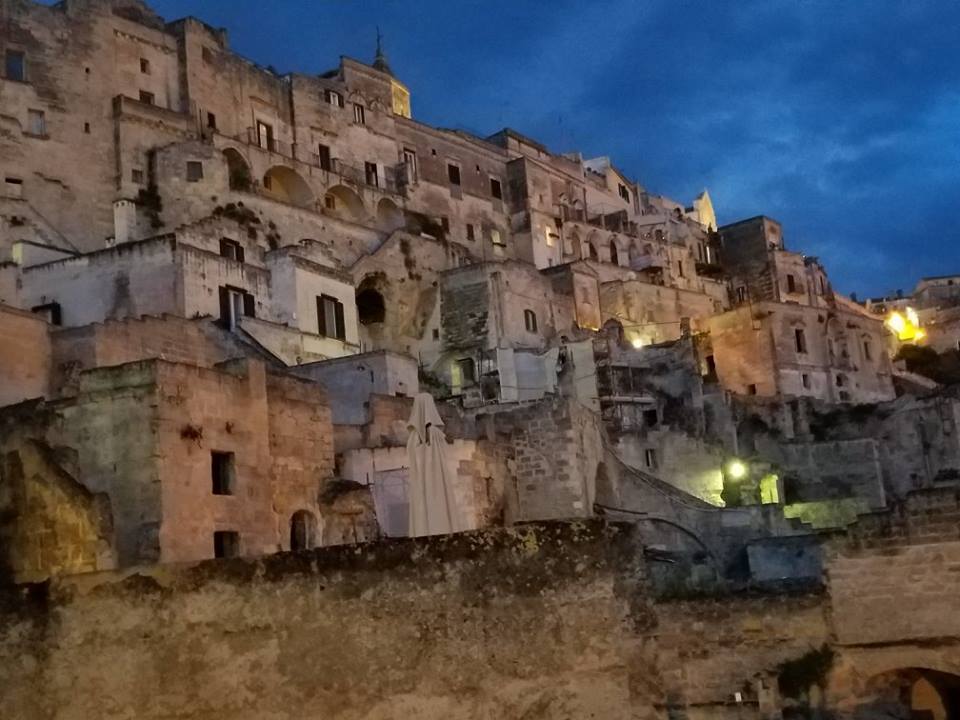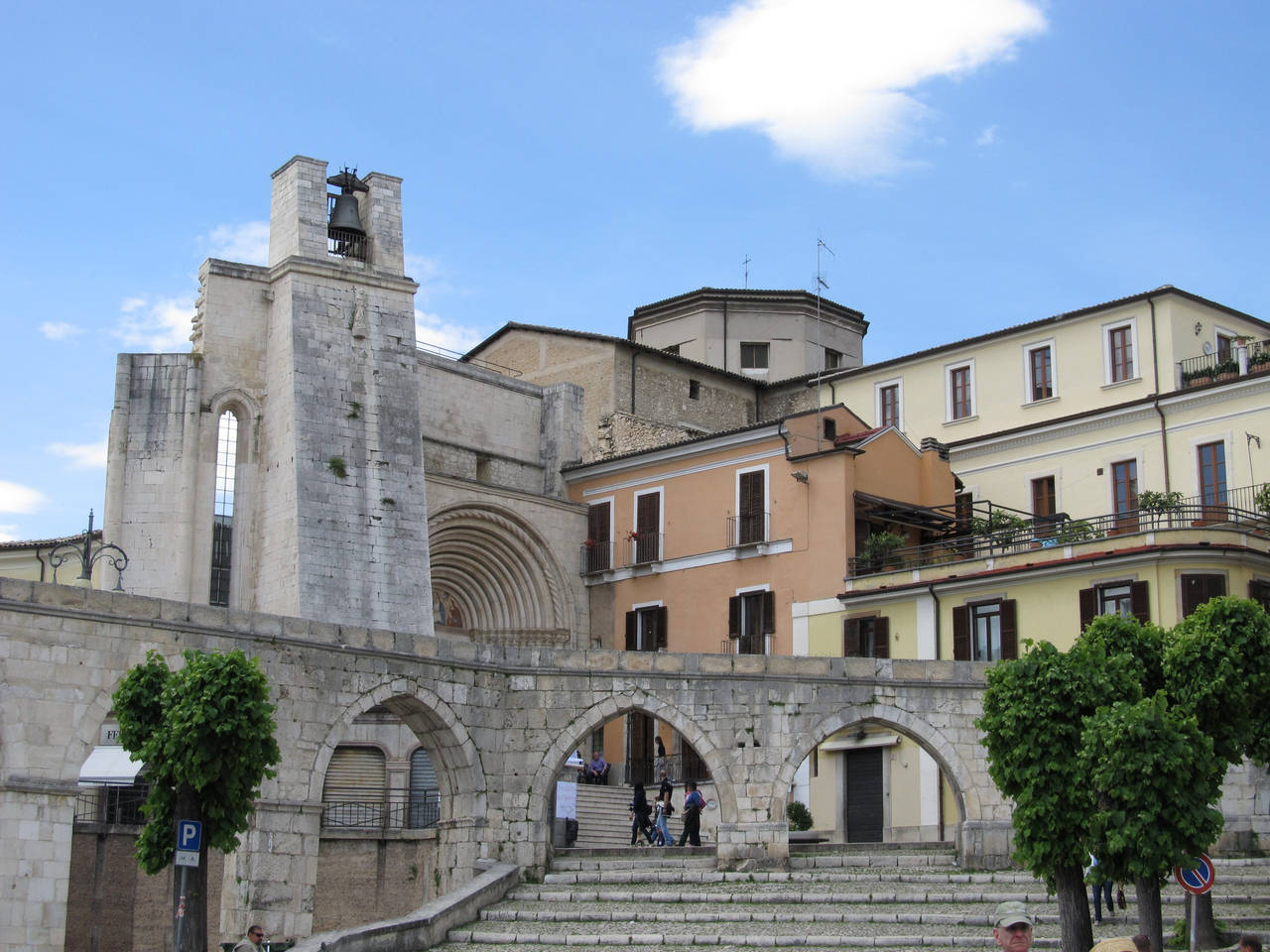A FULLY BAKED GUEST POST: This week’s post comes from writer Barbara Worton, author of the highly acclaimed children’s book, Too Tall Alice. Her work has also appeared in Memories of John, edited by none other than Yoko Ono, and various other publications. Like me, Barbara is the child of one Italian parent who very much identifies with that (dominant, let’s face it) Italian side. And the fact that we’ve known each other since we were seven years old means that I can attest to the fact that every word here is true. As is every calorie . . .
I love Italian cookies, pastries, cakes and gelato. Cannoli, St. Joseph cakes, sfogliatelle, struffoli, zeppole, torrone, cassata, confetti, spumoni, tortoni, tartuffo, and regina, pinwheel, tri-colori, and pignoli cookies make me happy. That love affair began in Brooklyn, New York in the early 1950s and has been rekindled at a number of pastry shops across New York, New Jersey and Italy—the latest being Panificio Bolea Bakery & Café in Ho-Ho-Kus, New Jersey.
Made in Brooklyn
My Italian-American story, like so many others, begins in Brooklyn, where I was born and spent the first five years of my life. These were the days of penny candy stores, ice cream parlors, soda delivered in cases and left on the front stoop, and Nunzio’s Bakery on 22nd Street and 4thAvenue. I think that was the name of the bakery. I remember it more by its buttery, sugary warmth than its name.
My mother was the Italian in our family of five; born in the U.S. in 1922, the first of Antoinette and Pasquale’s 11 children. The house she grew up in—by the time I knew it—was a tumbled-down Brownstone with a small yard, growling German Shepherd (named Rex, like all of my grandparent’s dogs) and outdoor toilet that had been converted to a full inside bathroom. Yep, my grandparents didn’t have buckets of money. On Sundays and holidays, however, you would never know it.
The Sunday pilgrimage
We traveled to Brooklyn from Massapequa Park, on Long Island, right after the 8:00 a.m. Sunday mass at Our Lady of Lourdes RC Church. The Southern State Parkway was always mobbed. Our cars—until my parents bought their first new car in 1967—were always on their last legs, so we packed gallons of water before we left home, and we drove, eyes fixed on the temperature gauge to make sure the car wasn’t about to overheat.
Eventually, we’d arrive at my grandparent’s house. There was always a parking space waiting right out front. My grandfather would cone off a space outside the house the night before—one of the perks of my mother being the oldest of 11 was preferred parking. And every Sunday as soon as we came around the corner, my grandfather would be on the sidewalk ready to guide whoever was driving our car to parallel park. This usually involved a lot of screaming and hand and arm flailing.
The warm welcome
The minute we passed through the front door I could smell my grandmother’s Neapolitan sauce, heavy with meatballs, sausages, and beef braciole bubbling away on the stove. The dining table was always set—of course, with mismatched plates and flatware—for about 30 brothers, sisters, children, cousins, aunts and uncles who squeezed around the grownup and the kids’ tables.
The ritual before dinner was always the same. The women saw to the pasta and grating the cheese—and yacking about their husbands and kids, the price of this and that, and the miserable state of the country—in the kitchen. The men went to bring in the soda and smoke a cheroot or a Camel, and the kids chased each other around the house. It was chaos. Then, the front door would open, and my Uncle Frank and Uncle Pat would walk in with stacks of white bakery boxes tied with red and white striped string. Forget the pastas. The Italian cookies and pastries—the sweetest, creamiest, crunchiest desserts anywhere in the world—were in the building!
The 1960s hit my Italian-American family hard. Politics and religion and race and women’s lib and rock ’n roll and peace ’n love and the Vietnam War drove a wedge between us. But no matter what the differences, when the boxes from Nunzio’s came out, we came back together. That’s the way it was until my grandparents left this world, their children scattered across the country and eventually joining them in their Italian-American hereafter.
Back to Brooklyn in one bite
My husband, Geoff, and I like to go out for breakfast on Saturday mornings, and that’s how we stumbled upon Panificio Bolea Bakery & Café. Tired of our usual egg and muffin spots, we were cruising the neighborhood for something new, and there it was, an unassuming storefront in downtown Ho-Ho-Kus. Two steps inside—cookies; all the real Italian cookies—not those dry, dusty, tasteless imposters you find in the supermarket dressed up in cellophane like those goodies that memories are made of. And Bolea had cakes, cannolis, mini-pastries, gelato, bread—lots of different shapes and sizes, including the best olive bread I have every eaten—confetti, prosciutto, press coffee, and an open kitchen and ovens where customers can sit and watch all the magic happen. Geoff and I sat, we ate, we oogled the goodies, we drank about six cups of coffee—mine decaf—and we signed up for baking classes.
Old-world baking credentials
Robert, the owner of Bolea, is the bread man, trained at his uncle’s bakery in Abruzzo. He’d gone over to visit family for a vacation, helped out in the store and decided to stay. Six months later, he moved on to Milan and spent 18 months apprenticing there. Then it was home and working in some top-notch Italian bakeries on Staten Island. A few career moves later, Robert opened Bolea.
The Sunday baking class was brilliant. Miguel, the pastry chef, and Robert took us through making
vanilla sponges, crème patisserie and butter cream icing. What we learned: Measure by weight and in grams, not by volume. Use the right cake flours—King Arthur—and order pasteurized egg yolks in bulk. Pass the crème patisserie through a sieve to give it that silky consistency. Chill the sponge cakes before icing and decorating. Rotate the sponge slowly while you slice it into three layers with a serrated knife . Brush the top of each layer with simple sugar before piping the butter cream icing around the diameter of the layer and filling in with chocolate crème patisserie. Piping and smoothing the icing was a challenge for Geoff and me, topped only by decorating the sides and top. It took some time to master the border decorations, but at the end, our cake was done and in the display counter, looking professional, and when we sliced into it, tasting just as good.
Generous helpings
Robert and Miguel at Panificio Bolea Bakery & Café were so generous with their time and knowledge and stories of Italy and cookies and passion for baking. Panificio Bolea Bakery & Café is their 20-hour-a-day labor of love. Geoff and I enjoyed every moment of the class, and inhaling the butter and sugar and vanilla brought back so many memories. I was back in Brooklyn—the best of it. My mom was there, telling all of us that just about every famous person in America was Italian, my German/Dutch American father rolling his eyes and laughing. And I was happy: little kid, you just can’t stop giggling from the love-of-it-all happy.

Linda Dini Jenkins is a card-carrying Italophile, travel planner, freelance writer, and amateur photographer. Travel is her passion, so writing about her travels just comes naturally. She hopes all her travelers find a way to express their joys, surprises, and fears as they travel and gives every traveler a nifty journal to help smooth the way. Learn more…








